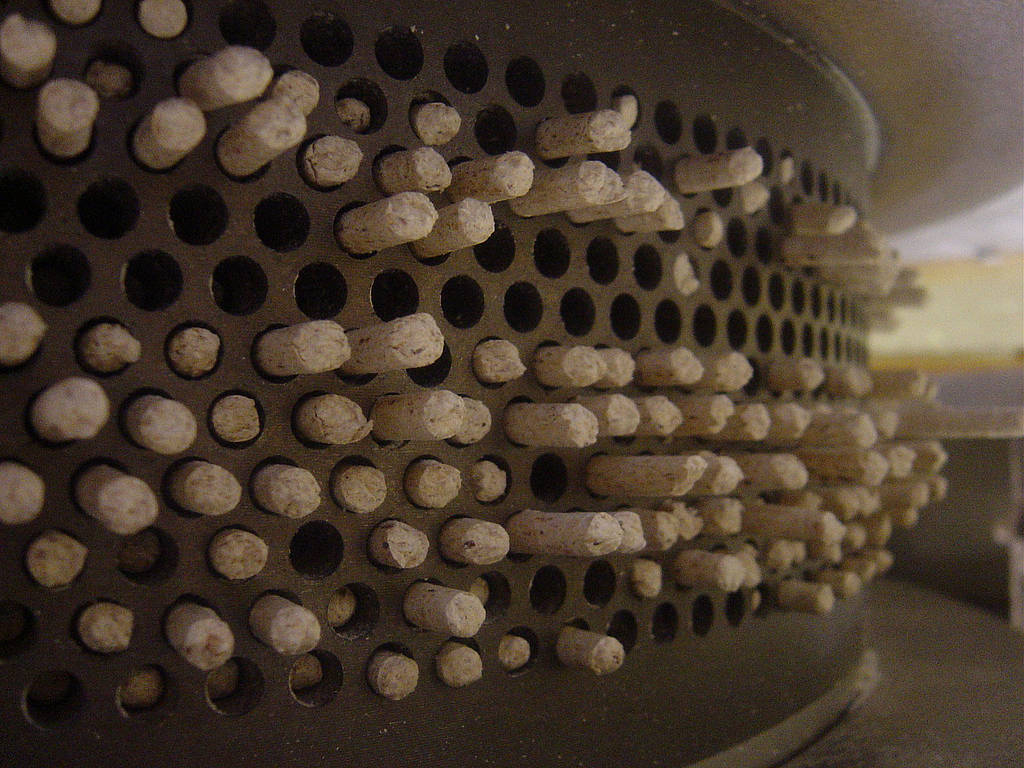Pellets are an energy concentrate produced from wood waste!
This fuel consists of sawdust, shavings, and untreated wood waste, mainly from the wood processing industry. The dry raw material is subjected to high pressure and the small cylinders are thus created. A single small cylinder of pressed wood measures up to 4 cm in length and has a diameter of 0.6 cm. The moisture content of pellets does not exceed 10%. Pellets are a real energy concentrate: two kilograms are worth as much as one liter of heating oil and as much as 10 kWh can be made from them!
But let's go intomore detail--how does pellet production take place?
Once checked, the raw material (sawdust, chips and wood waste) is dried, as needed. Afterdrying, decontamination from foreign matter is carried out; in fact, the presence of a single stone could compromise the entire production chain. The material is then reduced to the required size and then passed to the press, which with a system of cylinders compresses the material and passes it through holes in a die. Acting as a glue and thus making the individual pieces of pellets compact is lignin, a natural component of wood that at the time of pressing becomes an excellent binder. This excludes the need for chemical binders; in fact, the only additive that, if necessary, is used at the pressing stage is vegetable starch.
After pressing, the pellets are allowed to cool and rest in a silo before being transported to the customer in a barrel truck or in bags.

